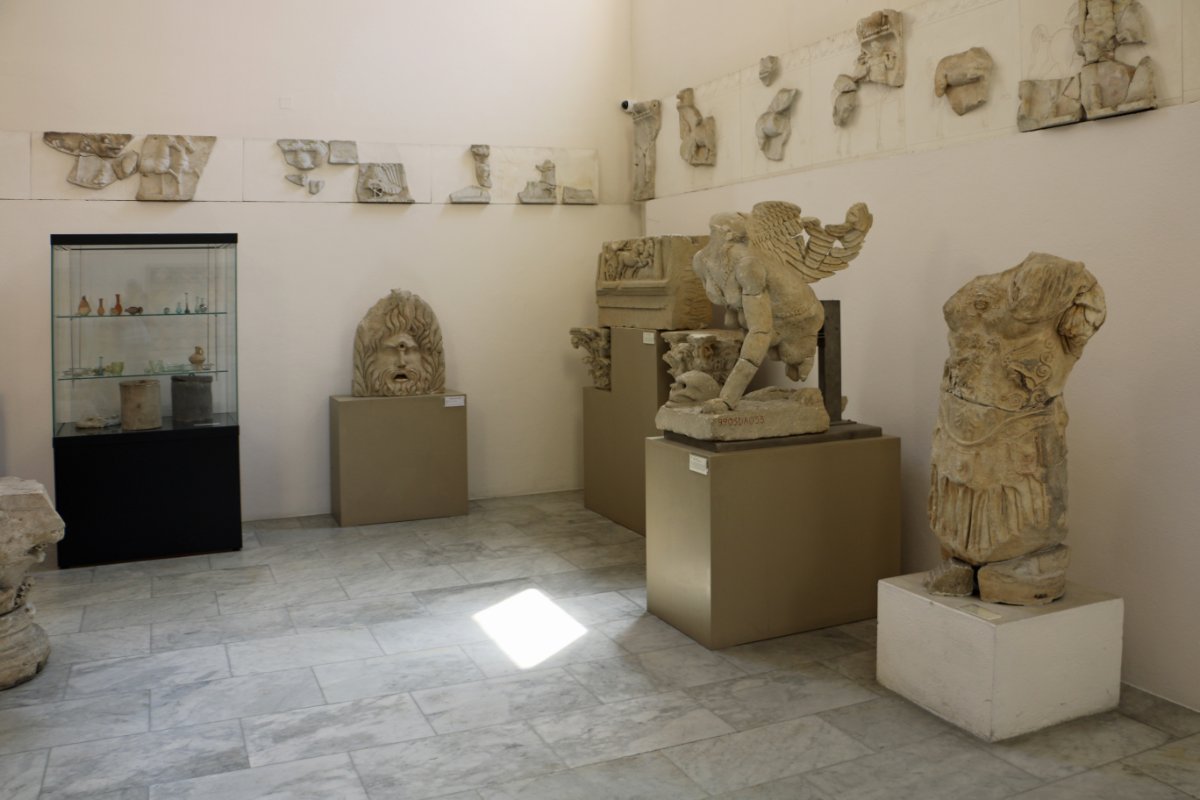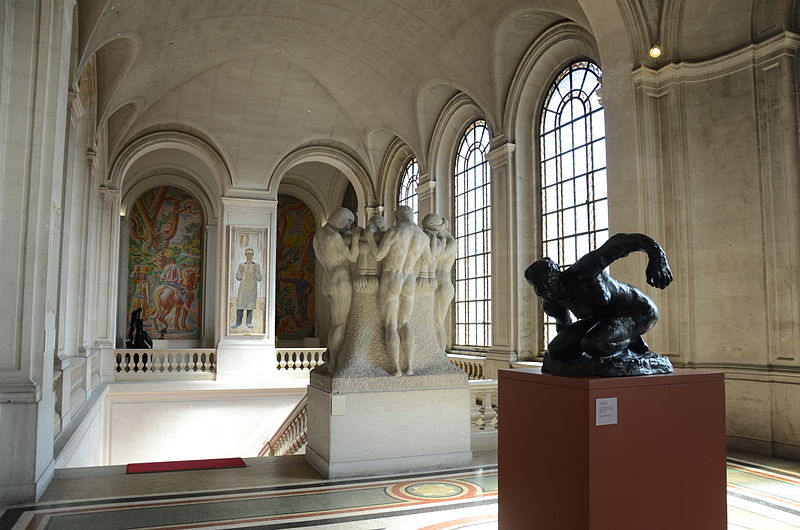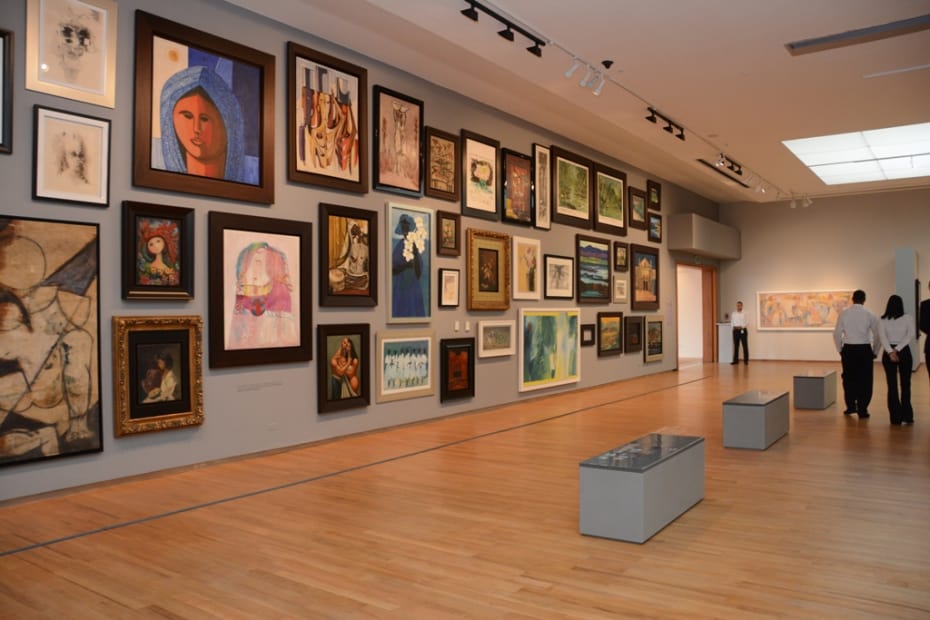Collecting today is largely about contemporary art but the history of art collecting has very ancient roots. The origins of this phenomenon are thousands of years old. Over time, it has followed the social and cultural evolution of the human being, becoming a mirror of time. Indeed, the great contribution of collecting is not only purely artistic. Many collections around the world show the tastes, trends and aesthetic canons of eras and put us in front of wide knowledge.
History of art collecting in ancient civilizations
The oldest example of collecting is that of grave goods. It is a custom known to all ancient civilizations. This consisted of the accumulation of valuables for religious and sacred reasons. This custom has allowed us to reconstruct a very important part of the life of the populations that preceded us centuries and centuries ago. In particular, the documentation to date covers over three thousand years of human history, which would not have been accessible without this precious and newborn form of collecting.

In Roman times, collecting consolidated further. It becomes a ritual and a reason for pride. Often part of the preserved objects came from war booty acquired after the victorious conquests of the Roman army. The objects then become a symbol of triumph. However, the phenomenon does not only concern the Romans with military positions. Already in Roman times, private individuals began to take an interest in this distinctive practice, recognizing it as a reason for prestige.
In the Middle Ages, a theocentric vision spread. Religion is once again the main reason for collecting. In this period precious collections include relics and objects related to the passion of Christ. Over time, the phenomenon will become private again, with the valuable contribution of some prominent female art patrons.
History of art collecting from the Renaissance to the eighteenth century
In the 15th century the history of art collecting once again turned its gaze to the private sector. The first “studioli” were born in Italy, small private offices dedicated to cultural discussion. In this period, collecting becomes programmatic and aimed at educational purposes.

In fact, in the 16th century the first Wunderkammern spread in Northern Europe. These are rooms of important residences that host ancient artifacts or specimens of natural history. For this reason, Wunderkammern are considered to be the ancestors of modern museums. These places represented the natural combination of the search for unique pieces and a systematic cultural approach.
The bourgeoisie finally makes its way into international collecting. Between the seventeenth and eighteenth centuries the great collections belonged either to the clergy and to the nobility, or to the great industrialists of the rich bourgeoisie. When the concept of artistic heritage as public finally takes over, the collections become accessible to everyone.
History of art collecting from the nineteenth century to present day
It is in the 19th century that the bourgeoisie becomes the undisputed protagonist of art collecting. The cultured bourgeois devotes passionately itself to the search for unique pieces to add to their collections. The history of collecting lives a moment of wealth destined to last a long time. It is precisely in this period that collecting becomes more “contemporary”. The paintings and works that become part of important collections are increasingly directed towards contemporary artworks.

So we come to today’s art collecting, which mainly affects privates and businesses. This phenomenon is truly a mirror of the times, but in the various changes, it keeps its core intact. People love art but why become an art collector? Collecting manifests itself in the guise of overwhelming curiosity, a desire for possession and sharing. What’s true is that people who appreciate art, are able to find emotional connections with artworks. Who is aiming for becoming an art collector perceives something that goes beyond the sculptural or pictorial representation.
Interested in art collecting? Follow our tips to invest in art safely and browse our gallery to find impressive contemporary artworks!